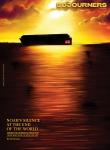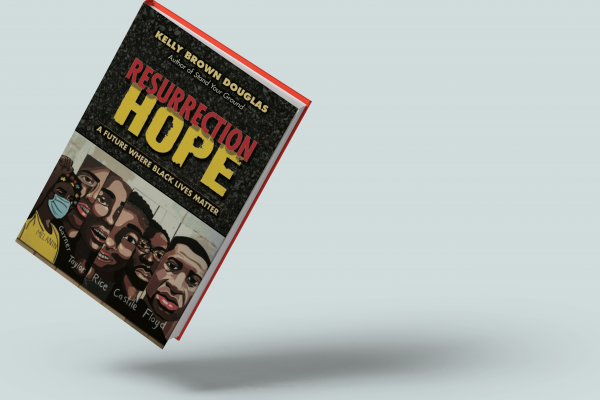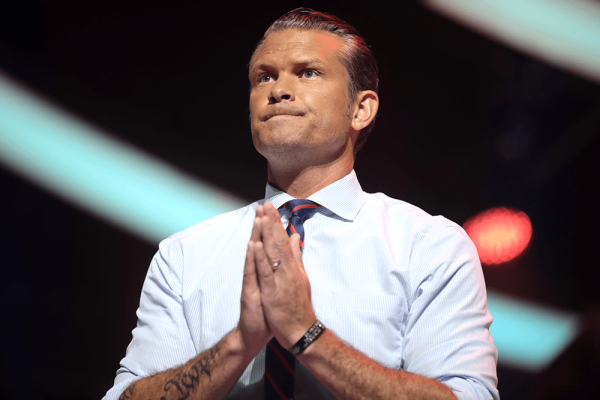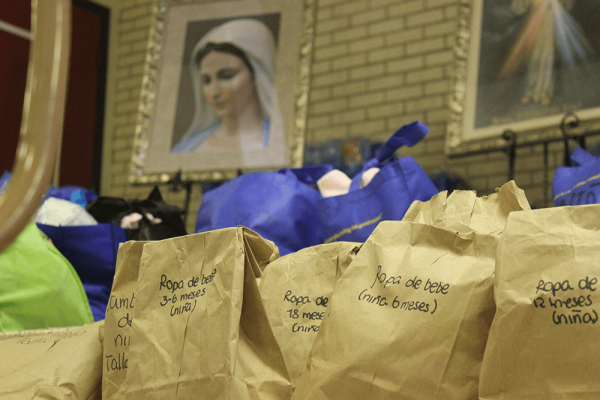KELLY BROWN DOUGLAS (The Black Christ) is known for widening the circle for disinherited people to identify with the Black Jesus of her mentor, James H. Cone. In Resurrection Hope, Douglas wrestles with how ongoing Black suffering challenges her faith, sparked by questions her adult son asks when yet another Black person is murdered by police or violently assaulted. “How long do we have to wait for the justice of God?” Douglas’ son asks. “I get it, that Christ is Black, but that doesn’t seem to be helping us right now.”
Her son’s visceral theodicy questions cause Douglas to wonder if her Christology of a Black Jesus who identifies with those experiencing “crucifying realities” is enough.
Douglas digs into history and details anti-Black narratives and white supremacy in the very architecture of Christian theology. She traces the development of what W.E.B. Du Bois called “the white gaze.” This white way of knowing “fosters death for Black bodies” by both overt means and the insidious silence of “good white people.”
Douglas realizes that this “corrupted moral imaginary” of whiteness cannot envision a society where Black lives are equally valued. After all, the idea of “whiteness” was invented to claim biological difference to dominate and subjugate Black bodies for profit. White faith leaders are often silent, she asserts, because the white gaze blocks comprehension that the gospel is built on the paradox of a savior killed by the same kinds of crucifying realities that murder Black people today. Calls for peace and unity are often just a palliative for white discomfort with Black protest. The result of white silence or mere calls for unity is the same as overt racism—maintaining systemic white supremacy.
Douglas calls white clergy to repent and lead in changing the corrupted moral imaginary that grips them, including speaking out proactively against signifiers of white supremacy such as Confederate monuments and police brutality. “Resurrection reparations,” as Douglas calls a range of concrete restorative justice actions, “demand [engagement] in dismantling the legacy of white supremacist policing, for there is no more crucifying reality than this.” This and other “reparation remedies” are in order if racial justice is ever to be realized in the United States.
I read Resurrection Hope as a white man who has, over the course of years, realized that my patriarchal white identity was not only associated with Black death in the past but that I am also complicit in systems that are death-dealing to Black people in the U.S. today. Douglas, a preeminent theologian, does not need my white affirmation. My goal is to encourage other white people to engage with her prophetic word, proactively name and resist white supremacy in church and society, and work humbly for a world where Black lives are truly valued.
Douglas concludes by offering to her son what her ancestors taught her: resilient resistance that lifts resurrection hope in the face of “that which would destroy Black life.” Douglas recalls her great-grandmother Mama Mary, born into slavery, and those who “never drew a free breath,” but had “a hope that was found and lived out in their struggle for freedom—for it was in that struggle that they met God.”
Sojourners has partnered with Bookshop.org; when you order books through the links on sojo.net, Sojourners earns a small commission and Bookshop.org sends a matching commission to independent bookstores.

Got something to say about what you're reading? We value your feedback!





